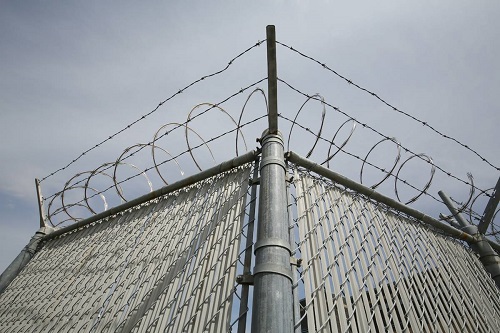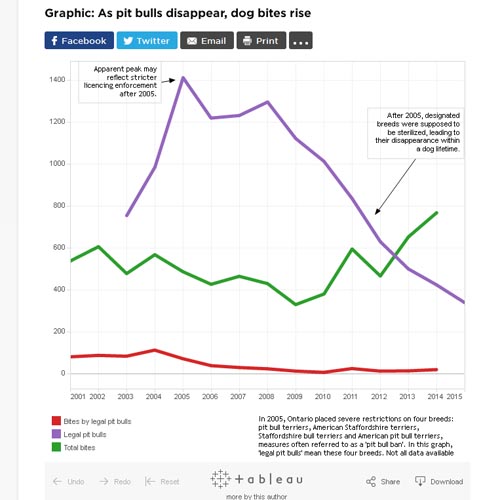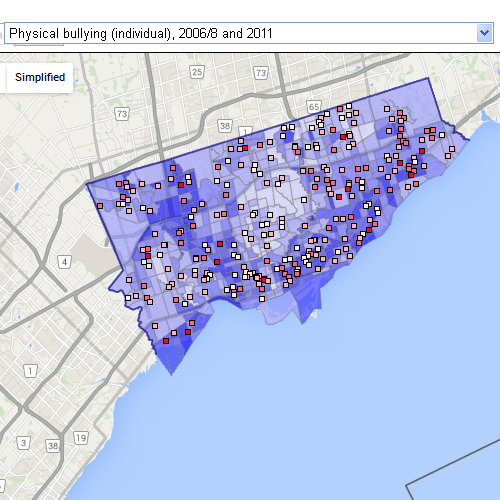I have extensive experience in using freedom-of-information laws to get access to databases and documents of one sort or another from municipal, provincial and federal governments, universities and other countries. FOI can be a cumbersome tool but also a powerful one. Often it’s the only tool available.

It’s worth remembering that access-to-information laws don’t only cover governments. We filed a request with the University of Waterloo engineering school for the list they use to adjust applicants’ high school marks up or down, depending on how previous graduates of those high schools had performed. It took two years and an appeal to Ontario’s information and privacy commissioner, though.
One university’s secret list to judge applicants by their high schools – not just their marks
Run under laws that hadn’t been changed in decades, the Ontario Soldiers’ Aid Commission wasn’t legally allowed to give emergency grants to younger veterans — although some asked for help — and returned most of its provincial grant to the government unspent, documents obtained under Ontario access-to-information laws showed. After the story was published, the provincial government changed the law to make it fairer, with all-party agreement.
Ontario’s veterans’ fund turns younger vets away, returns money to government unspent


Canada’s last military prison is falling into disuse. More than half the time, there is only one inmate in the fully staffed, 25-cell facility – or, more and more commonly, none at all. It’s a good problem to have, but what should we do with it?
Canada’s last military prison costs $2M a year. About half the time, it has no prisoners


CBSA learned of its own detainee’s death by accident – three weeks later
This is not obviously a data story, but is in the background: it started life with a database related to immigration detention that we requested under access-to-information laws, and followed up with further access requests about specific custody deaths. The end result was a story about how border officials lost track of a detainee to the point of not knowing about his death, in a local jail, until three weeks after it had happened. It is part of a larger series on immigration detention in Canada.


Toronto’s pit bulls are almost gone. So why are there more dog bites than ever?
Ontario’s controversial ban on pit bulls, enacted more than a decade ago, was supposed to reduce the number of dog bites. It didn’t work out that way, City of Toronto bite statistics show.


Here’s the sex offender map Ontario didn’t want you to see
Related stories:
Unanimous Supreme Court decision ends six-year FOI ordeal
Sex offender case a ‘colossal waste of money’: Tory jail critic
Following a six-year legal battle that ended in the Canadian Supreme Court, we published a map of Ontario’s registered sex offenders broken down by partial postal codes. By then, the process of getting the data had long since eclipsed the data itself as a story.
Canadian three-character postal ‘forward sortation areas’ have populations in the tens of thousands, making them large enough to protect the anonymity of a few individuals.
The map struck a balance between showing geographic patterns and not endangering individuals. For registered sex offenders, which have been attacked in other jurisdictions, this was a particular concern.
The unanimous Supreme Court decision changed an aspect of Canadian freedom-of-information law which has to do with the burden of proof that has to be met by government bodies wanting to use a law-enforcement exemption. The story won an RTDNA award.

In 2006 and 2011, the Toronto public school board surveyed about 100,000 of its students on a range of issues, from their experience of bullying to whether they had private tutoring to whether they had part-time jobs. The TDSB wanted to release a selected version of this data in its own good time; we had other ideas, and filed an FOI request for a school-level breakdown. It took months, and an appeal to Ontario’s information commissioner, but the data did eventually arrive.
It shed unique insights into students’ fears of violence, experience of bullying, private tuition (up, a lot) and part-time employment (down, a lot).
Student census: Inside the minds of Toronto teens
In Toronto, a window into tougher prospects facig young job-seekers
60% more Toronto students have private tutors – in wealthy areas most of all
How safe do Toronto students feel? Depends where they study
Cyberbullying still rare, Toronto student survey shows


